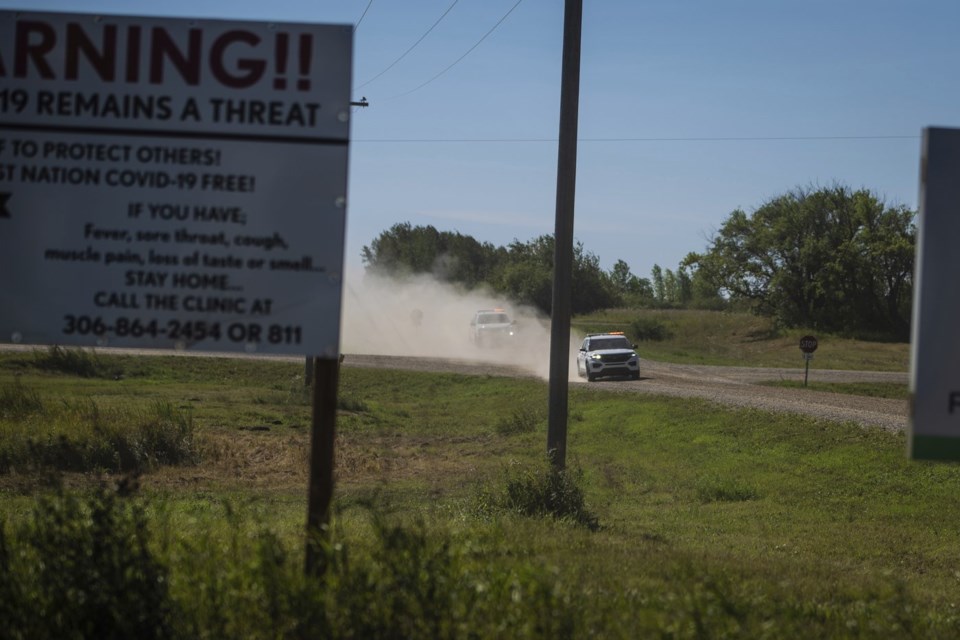CALGARY — Crime rates in rural communities are consistently higher than in urban centres, suggests new data presented in a Statistics Canada report -- a long-term trend one criminologist says is unsurprising.
The report, published Tuesday, found the rate of police-reported crime in rural Canadian communities was 34 per cent higher than the urban rate. That disparity was especially pronounced across the Prairies and in rural British Columbia.
"It doesn't surprise me," said Doug King, criminologist at Mount Royal University in Calgary. "People often have this misunderstanding that more people mean higher crime rates, which is just not true."
In 2023, Saskatchewan's rural crime rates were 68 per cent higher than urban areas while they were 65 per cent higher in Manitoba and 54 per cent higher in Alberta, the report found.
Violent crime rates were also the highest in Saskatchewan and Manitoba's northern rural communities, reaching levels that were twice as high as the rural south.
King cautioned against dramatizing the magnitude of difference between rural and urban centres, noting that in many instances, crime can emanate out of cities into rural communities. Property theft on rural property located outside city centres, for example, is often committed by people from those urban areas seeking to victimize people in remote locations.
"It's easier to victimize people in rural areas because there are less people around. Law enforcement takes a heck of a long time to respond, so you get all those kinds of demographic realities."
He also advises a degree of caution when analyzing crime rates in small towns, where single incidents can have an outsized effect on crime rates because of the region's small population.
Tim Brodt, president of the Saskatchewan Rural Crime Watch Association, said remote locations suffer from long response times from police. Brodt, a 65-year-old from Zehner, Sask., a town 25 kilometres north of Regina, said his community benefits from being near urban police resources.
"I get some people complaining that all (police) are doing is writing tickets. Well, yes, that is one of their mandates. But there's an emergency, they will respond, right?"
The report found that not all rural communities have substantial crime problems: about a third of rural residents live in locations where the crime rate was relatively low, while another third live in places where crime rates were high. About 40 per cent live in regions where crime rates were moderate.
The report found violent crime had higher rates in rural areas. But unlike nearly every other violent offence, robbery rates in urban centres were 3.5 times higher than in rural areas.
Brodt, who's worked with Saskatchewan's rural crime watch groups since the 1980s, said he has seen neighbours become more fearful of crime in recent years.
"You'd leave your doors unlocked, you'd have your keys in your vehicles and stuff like that," Brodt said. "A lot of people, they still have that mentality, but people are finding out that you just can't do that anymore."
He has advocated for a return to a strengthened community watch program that has farmers and neighbours looking out for each other. He currently runs a 120-person group chat that he said became vital a few years ago during a rash of break-ins.
King, from Mount Royal University, said people's fear they'll become a victim of crime may be valid among certain vulnerable groups. But he also believes social isolation and the rise of social media have manufactured anxiety in the public.
"It has everything to do with the changing world that we live in ... it's the notion of individuals and families becoming more and more isolated and not connected with one another," he said. "And you can't underestimate the impact of social media."
This report by The Canadian Press was first published May 1, 2025.
Matthew Scace, The Canadian Press


